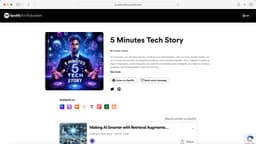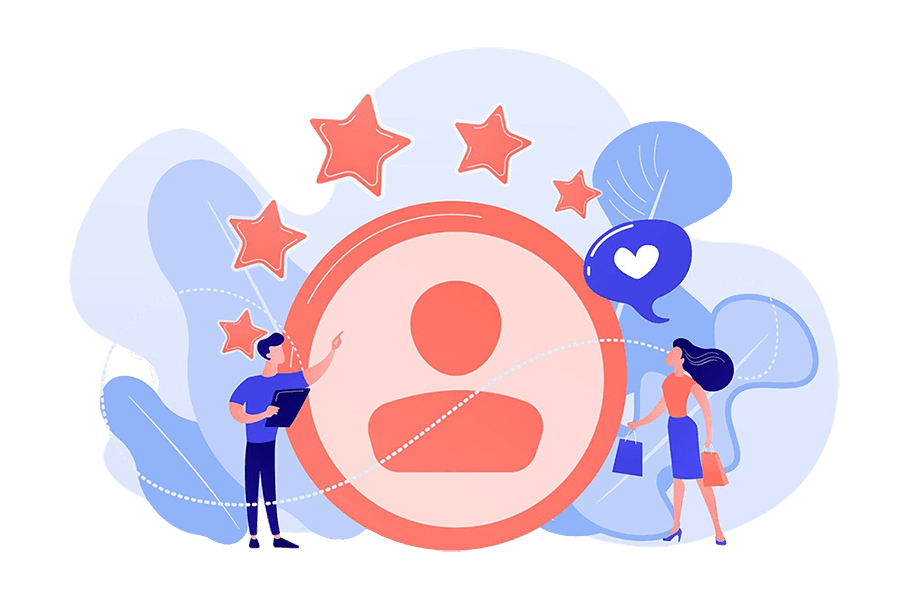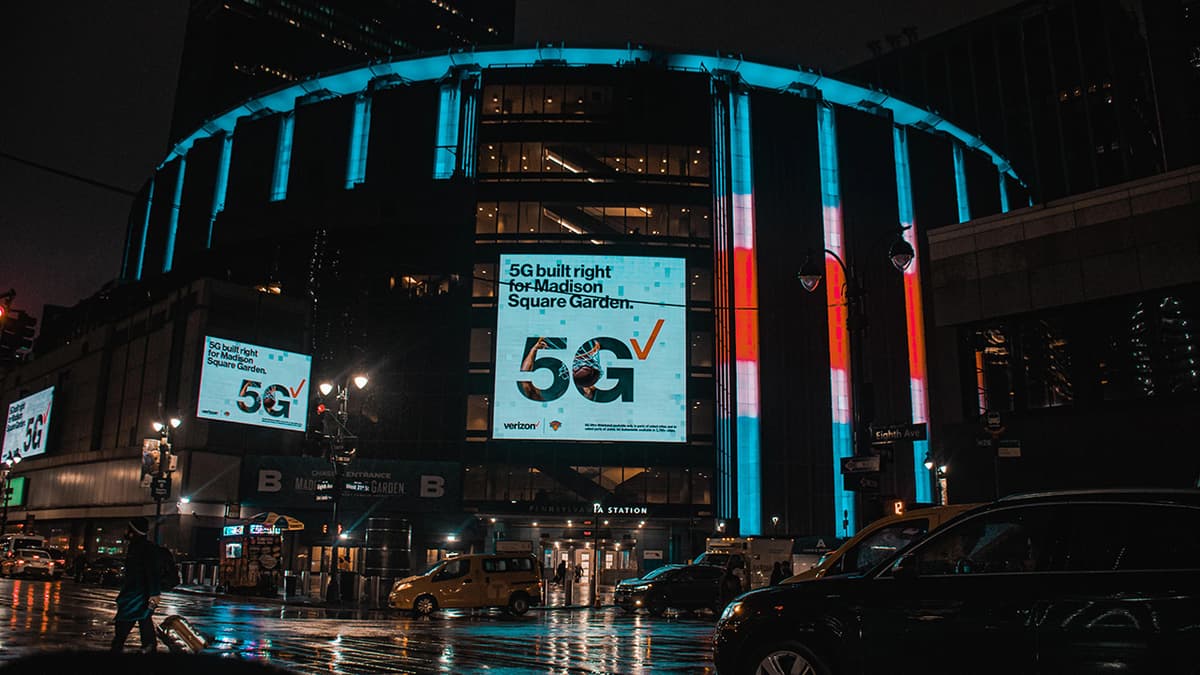Student Loan Forgiveness in 2025: A New Chapter
The year 2025 has kicked off with big changes for student loan forgiveness, leaving millions of borrowers wondering what’s next. After years of debates, court battles, and shifting policies, the future of student debt relief is taking shape. This article explores what’s happening with student loan forgiveness in 2025, why it matters, and what borrowers can expect moving forward.
The End of Biden’s Big Plan
Early in 2025, a federal appeals court put the final nail in the coffin of President Joe Biden’s massive student loan forgiveness plan. Known as the SAVE plan, it aimed to wipe out up to \$500 billion in debt for millions of Americans. The court ruled that the Education Department overstepped its authority, saying the plan was more about forgiving loans than helping people repay them. This decision marked a turning point, closing the door on one of the boldest attempts to tackle student debt in U.S. history.
Before this ruling, Biden’s team had already canceled \$189 billion in loans for over 5 million borrowers through other programs. These efforts focused on public service workers, people with disabilities, and those misled by shady colleges. But with the SAVE plan dead, the focus has shifted away from broad relief to narrower, existing options. For many, this feels like a step back after years of hope.
What’s Left for Borrowers?
With the big forgiveness plan gone, borrowers are left piecing together what’s still on the table. The Public Service Loan Forgiveness (PSLF) program remains a lifeline for some. It cancels debt for people who work full-time in government or nonprofit jobs after 10 years of payments. Over a million borrowers have benefited from PSLF since fixes made it easier to qualify a few years back. If you’re a teacher, nurse, or firefighter, this could still be your ticket out of debt.
Income-driven repayment (IDR) plans are another option, though they’re in flux. These plans tie your monthly bill to your income and promise forgiveness after 20 or 25 years. The catch? Legal fights have blocked forgiveness under some IDR plans, like PAYE and ICR, leaving borrowers in limbo. Only the Income-Based Repayment (IBR) plan still offers a clear path to cancellation right now. Check out StudentAid.gov for the latest on what’s active.
For those burned by for-profit schools, the Borrower Defense program offers hope. It wipes out loans if your college lied about job prospects or broke state laws. In early 2025, thousands who attended places like DeVry University saw their debts erased. It’s not a fix for everyone, but it’s a win for those caught in bad situations.
The Trump Effect
President Donald Trump’s return to office in 2025 has added a twist to the story. His team has hinted at scaling back forgiveness programs, calling them unfair to taxpayers who didn’t go to college. Some Republican lawmakers want to tweak PSLF eligibility or ditch IDR forgiveness altogether. A memo from late January even floated pausing all federal aid programs, though it was quickly walked back. Still, the message is clear: big relief might dry up. On the flip side, Trump’s crew hasn’t laid out a full plan yet. Some borrowers worry about higher payments or new taxes on scholarships, but nothing’s set in stone. The Education Department’s website is a good spot to watch for updates as policies shift.
What Borrowers Can Do Now
The ground is shaky, but borrowers aren’t powerless. First, figure out your loan type—federal or private. Forgiveness only applies to federal loans, so private borrowers need other strategies, like refinancing. For federal folks, look into PSLF or IDR if you qualify. You’ll need to act fast, though—some online applications got pulled in February 2025, so paper forms might be your only shot. Find them at the Education Department’s forms page.
If you’re stuck, deferments can buy time. Unemployment or hardship deferments pause payments without piling on interest, unlike forbearance. Talk to your loan servicer to see what fits. The key is staying informed and proactive while the rules keep changing.
The Bigger Picture
Student loan forgiveness in 2025 isn’t just about money—it’s about fairness and promises. Millions borrowed expecting relief that might not come. The debate pits those who want debt canceled against others who say it’s unjust to foot the bill. As college costs climb, this fight’s not going away. For now, borrowers are caught in the middle, hoping for clarity in a year that’s already rewriting the rules.












